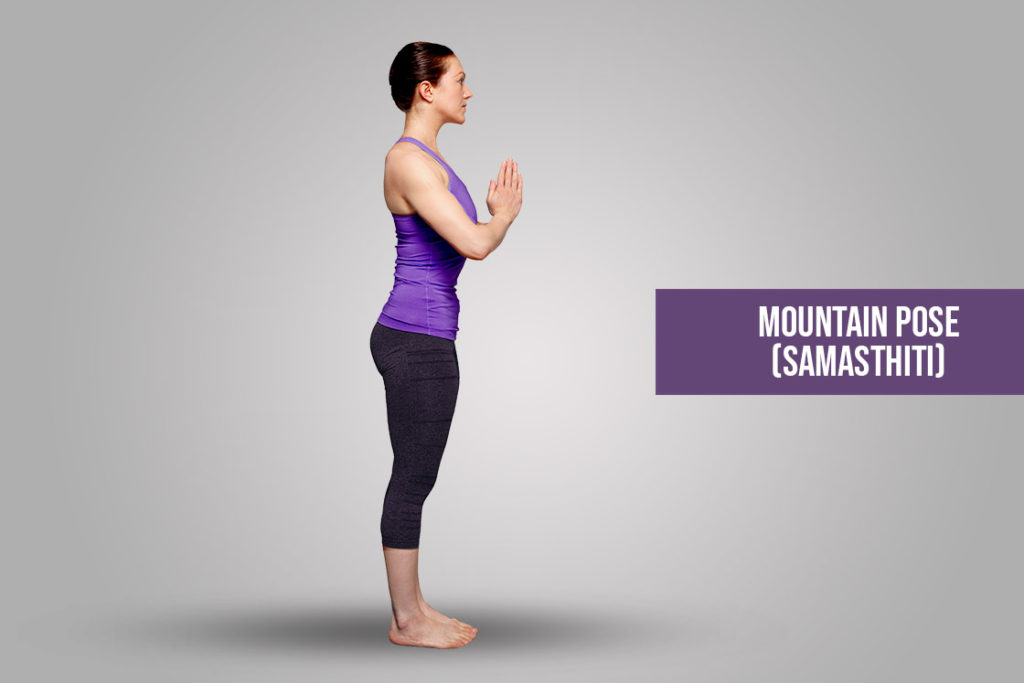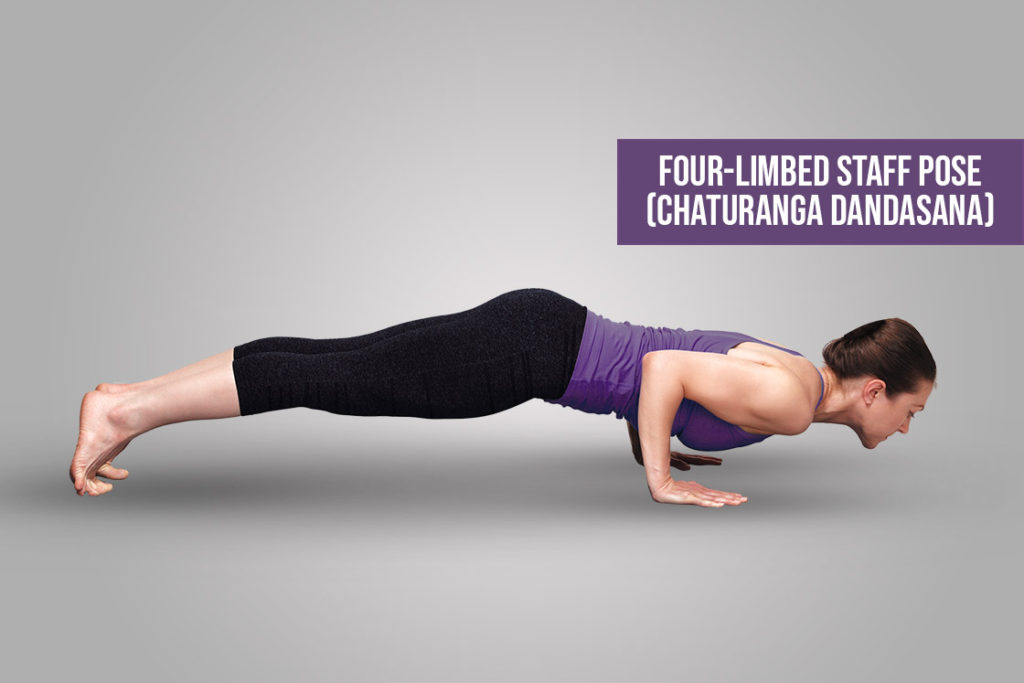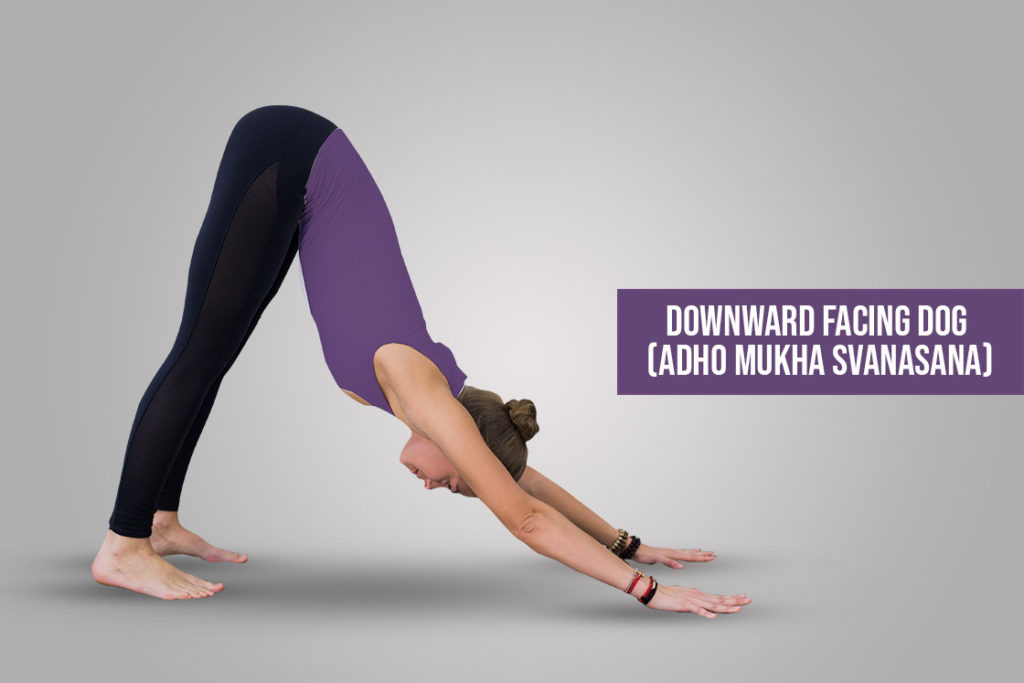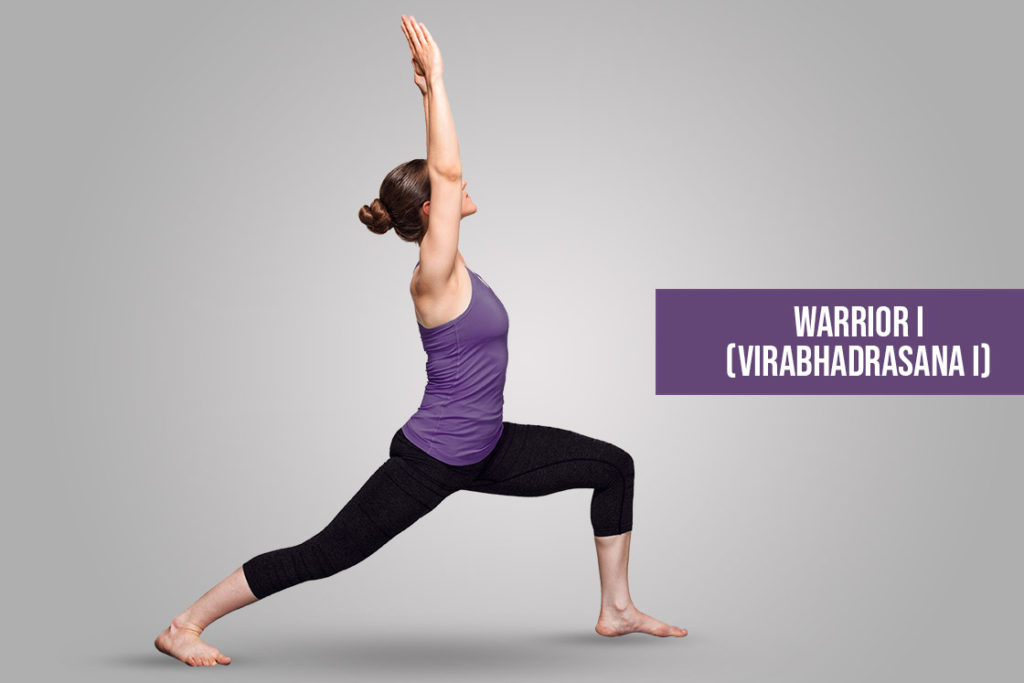Sun Salutation B, known as Surya Namaskar B in Sanskrit, is an essential sequence in Ashtanga Vinyasa yoga. This powerful flow of 19 poses builds strength, flexibility, and endurance, offering a more challenging and intense practice compared to Sun Salutation A.
Each movement is synchronized with the breath, creating a dynamic flow that invigorates both body and mind. Often performed after Sun Salutation A, this sequence serves as a warm-up for more demanding asanas, requiring focus, strength, and coordination.
How to do sun salutation B (steps)
Sun Salutation B is a dynamic yoga sequence that combines movement with breath to energise and align the body. Following a precise practice guide ensures you perform each pose correctly, enhancing flexibility, strength, and focus. Proper breathing and alignment are crucial for maximising the benefits of this powerful routine
1. Mountain Pose (Samasthiti or Tadasana)

Breathing: Maintain a steady, normal breath.
Drishti (Gaze): Focus on the tip of the nose.
Steps
Stand tall with your feet together, grounding through all four corners of your feet.
Engage your quadriceps, lifting your kneecaps.
Activate your core.
Let your arms rest by your sides.
Ensure your shoulders are stacked directly above your pelvis.
Lengthen through the crown of your head.
2. Awkward Chair Pose (Utkatasana)

Breathing: Exhale (stay for a few breaths).
Drishti (Gaze): Upward, towards the back of the thumbs.
Steps
Bend your knees so that your thighs are parallel to the floor.
Raise your arms overhead, bringing your palms together.
Lower your buttocks as if sitting in an invisible chair.
Look forward, keeping your gaze on the thumbs.
Push your heels into the floor without straining your knees.
Hold the pose and take a few breaths here.
3. Standing Forward Bend (Uttanasana)

Breathing: Exhale
Drishti (Gaze): Chin or nose.
Steps
Straighten your legs and fold forward at the hips.
Lower your arms, placing your palms on the floor beside your feet.
Let your head hang down and allow your abdomen to rest over your thighs.
Bring your forehead towards your shins, fully inverting the upper body while slightly bending your elbows.
4. Half Forward Bend (Ardha Uttanasana)

Breathing Inhale
Drishti (Gaze) – Third eye
Steps
Lift your palms, placing only the fingertips on the floor.
Raise your head and neck, creating a flat back parallel to the floor.
Draw your shoulders back to lift your chest, lengthening the spine.
5. Four-Limbed Staff Pose (Chaturanga Dandasana)

Breathing – Exhale
Drishti (Gaze) – Tip of the nose.
Steps
Step your feet back, bringing them together.
Press your palms firmly on the floor and bend your elbows.
Roll onto your toes and extend your torso forward.
Align your shoulders, hips, and heels in a straight line.
Position your shoulders slightly forward over the wrists.
6. Upward-Facing Dog Pose (Urdhva Mukha Svanasana)

Breathing – Inhale
Drishti (Gaze) – Third eye
Steps
Straighten your arms and roll onto the tops of your feet.
Lower your hips closer to the floor.
Expand your chest towards the ceiling, bringing your lower back into a gentle backbend.
Ensure your wrists are directly under your shoulders and your thighs are close to the floor without touching.
7. Downward Facing Dog (Adho Mukha Svanasana)

Breathing: Exhale.
Drishti (Gaze): Third eye.
Steps
Curl your toes under and press your heels towards the floor.
Lower your head between your arms and lift your hips towards the sky.
Extend your arms fully, pressing your palms firmly into the floor.
8. Warrior I (Virabhadrasana I)

Breathing: Inhale.
Drishti (Gaze): At the thumbs.
Steps
Step your right foot forward between your palms.
Adjust your left foot so it is at a 45-degree angle pointing inwards.
Bend your right knee, bringing your thigh parallel to the floor.
Raise your arms overhead, joining your palms together.
9. Four Limbed Staff Pose (Chaturanga Dandasana)

Breathing: Exhale.
Drishti (Gaze): Tip of the nose.
Steps
Stretch your right leg back and place both feet together on the floor.
Curl your toes and press your palms firmly against the floor.
Bend your elbows, keeping them close to your body.
Lower your torso so that it is parallel to the floor, aligning the body in a straight line.
10. Upward Facing Dog (Urdhva Mukha Svanasana)

Breathing: Inhale.
Drishti (Gaze): Third eye.
Steps
Draw your chest upward while straightening your arms.
Lower your hips closer to the floor.
Ensure your wrists are directly under your shoulders.
Keep your thighs lifted off the floor, with only the tops of your feet touching the mat.
11. Downward Facing Dog (Adho Mukha Svanasana)

Breathing: Exhale.
Drishti (Gaze): Tip of the nose.
Instructions:
Press your palms into the floor to lift your hips towards the sky.
Stretch your chest towards the floor, lowering your head between your arms.
Push your hips back slightly to press your heels firmly into the floor.
12. Warrior I (Virabhadrasana I)

Breathing: Inhale.
Drishti (Gaze): At the thumbs.
Steps
Step your left foot forward, placing it close to the left hand, and bend your left leg.
Ensure your left thigh is parallel to the floor.
Raise your arms overhead, bringing your palms together.
Stretch your neck upward and keep your gaze at your thumbs.
13. Four Limbed Staff Pose (Chaturanga Dandasana)

Breathing: Exhale.
Drishti (Gaze): Tip of the nose.
Steps
Bring the left foot back to meet the right, and lower your torso toward the floor.
Press your palms firmly against the floor, bending your elbows to bring your body parallel to the floor.
Ensure your body is balanced on your hands and toes, with your wrists directly under your shoulders.
14. Upward Facing Dog (Urdhva Mukha Svanasana)

Breathing Inhale
Drishti (Gaze) – Third eye
Steps
Roll forward on the tops of the feet.
Expand the chest upward.
Place the thighs closer to the floor rolling the shoulders downward away from ears to come into upward facing dog pose.
15. Downward Facing Dog (Adho Mukha Svanasana)

Breathing: Exhale.
Drishti (Gaze): Tip of the nose.
Steps
Lift your hips toward the sky and press your heels down towards the floor.
Lower your head between your arms, allowing it to hang freely.
Invert your upper torso and stretch your arms and spine to fully enter the Downward Facing Dog pose.
16. Half Forward Bend (Ardha Uttanasana)

Breathing: Inhale.
Drishti (Gaze): Third eye.
Steps
Walk your hands forward and place your fingertips on the floor.
Lift your head and straighten your back to make it parallel to the floor.
This position brings the body into a half forward bend.
17. Standing Forward Bend (Uttanasana)

Breathing: Exhale.
Drishti (Gaze): Tip of the nose.
Steps
Fold forward at the hips, bringing your torso towards your legs.
Slightly bend your elbows and place your hands beside your feet.
Bring your head closer to your knees, deepening the forward fold.
18. Awkward Chair Pose (Utkatasana)

Breathing: Inhale.
Drishti (Gaze): Back of the thumbs.
Steps
Inhale and bend your knees, lowering your hips as if sitting in a chair.
Raise your arms overhead, keeping your torso upright.
Engage your core and press your feet firmly into the floor to hold the pose.
19. Mountain Pose (Samasthiti or Tadasana)

Breathing: Exhale.
Drishti (Gaze): Tip of the nose.
Instructions:
Straighten your legs and lower your arms by your sides to return to the starting position.
Relax your hips and shoulders.
Hold the pose and take a few breaths until your breathing returns to normal.
Follow-up Poses
Relax the whole body after completing the Surya Namaskar B sequence.
Contraindications
Avoid if you have shoulder, arm, or wrist injuries due to weight-bearing poses.
Refrain from practicing if you have lower back issues or other back problems.
Skip this sequence if you have high blood pressure as it can elevate heart rate.
Avoid if you have wrist or leg injuries, as the poses may worsen these conditions.
Pregnant women should skip Sun Salutation B due to its intensity and physical demands.
Beginner’s tips and modifications
Keep feet slightly apart in Chair Pose to make dropping the buttocks easier.
Place hands on the waist or thighs instead of raising them overhead, and keep your gaze forward.
In Standing Forward Bend, keep knees slightly bent to reach the floor more easily, and use fingertips on the floor instead of palms if needed.
For Half Forward Bend, place hands on the shins and lift the neck to a comfortable level to raise the chest.
In Four-Limbed Staff Pose, use a block under the chin or bend knees to the floor for better balance.
Modify Upward-Facing Dog to Cobra Pose until you build enough arm strength.
In Downward-Facing Dog, reduce the distance between arms and feet while ensuring proper alignment.
To transition from Downward-Facing Dog to Warrior I, bend the knees and bring one leg forward.
Sun Salutation B Benefits
Practicing Sun Salutation B offers many benefits, such as better flexibility, strength, and overall energy. It also helps improve your posture, balance, and focus, making it an important part of any yoga routine.
Strengthens the Muscles: Sun salutation B stretches the spine, neck, abdomen, arms, and legs. It strengthens the hamstrings, quads, calves, shoulders. The contraction and expansion of the abdominal muscles tones the entire body and makes the muscles stronger.
Improves Body Flexibility: The stretching of the spine, chest, and limbs, along with the active flow of prana (life force), increases blood flow and flexibility. This helps enhance the mobility of the entire muscular system.
Facilitates Detoxification: The sequence improves blood circulation and enhances the quality of the blood, which aids in flushing out toxins from the body. This process supports natural detoxification.
Improves Digestion: The abdominal stretches and poses massage the digestive organs, stimulating the flow of digestive enzymes and juices. This helps activate and improve the digestive system.
Improves Pulmonary Functions: Poses that expand the chest increase lung capacity and bring more oxygen to the respiratory system, enhancing overall pulmonary function and efficiency.
Benefits the Endocrine Glands: Inverted poses increase blood flow to the brain and stimulate various endocrine glands, including the thyroid, pituitary, and reproductive glands, supporting their function and overall hormonal balance.
Enhances Cardiovascular System: The sequence acts as an aerobic exercise, improving heart health and circulation. It strengthens the cardiovascular system and contributes to overall cardiovascular wellness.
Conclusion
Sun Salutation B is a comprehensive exercise that effectively warms up the body, stretches muscles, and benefits multiple bodily systems. By incorporating Sun Salutation B into your routine, you can achieve a wide range of physical and mental benefits. Whether you are a beginner or an advanced practitioner, following this practice guide will help you maximize the advantages of this dynamic sequence.




